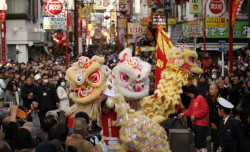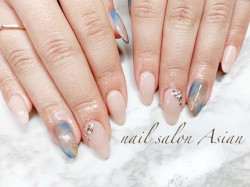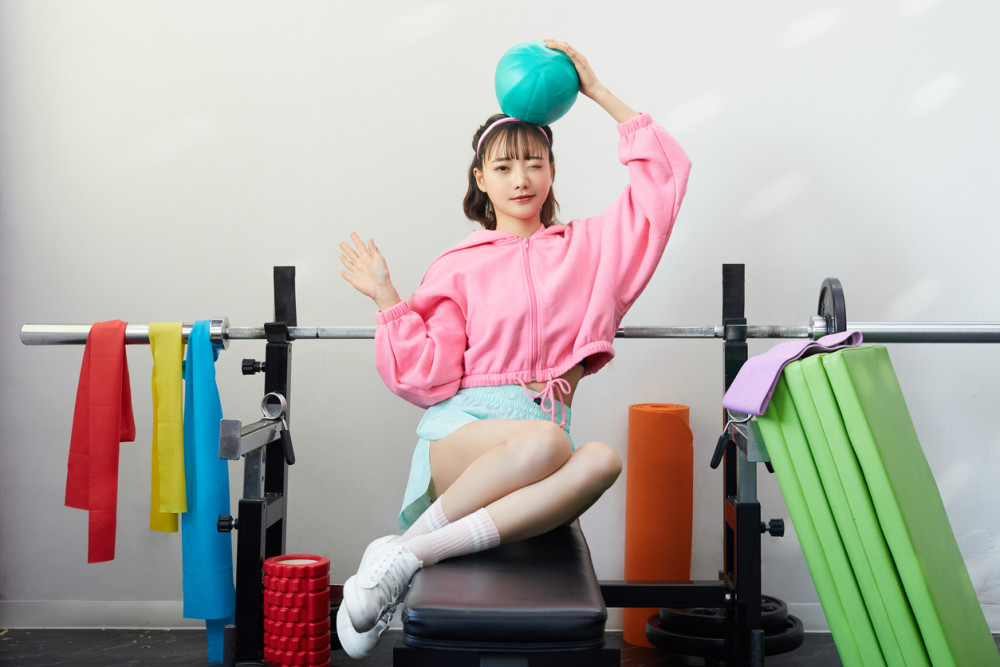
Japan’s gym culture may seem complex to newcomers, but with a few essential tips, you’ll fit in and enjoy a smooth fitness experience. From appropriate attire to essential gym bag items, here’s your guide to mastering Japanese gym etiquette.
Etiquette: How to Use Japanese Gyms
First things first, punctuality is huge in Japan. If you have a booked class or a one-on-one session with a personal trainer, make sure to arrive on time. Showing up late can disrupt the session for others and is generally considered disrespectful. Additionally, some gyms may enforce time limits on machines to ensure everyone gets a fair chance. Be mindful of these limits and be prepared to move on when your allotted time is up.
Cleanliness is next on the list. Japanese gyms typically have disinfectant wipes next to the equipment, so ensure you wipe them down after use. This keeps the gym pleasant for everyone and is a simple way to show consideration for your fellow gym-goers. Also, try not to spend too long on any one machine. This ensures everyone gets a turn and helps keep things running smoothly.
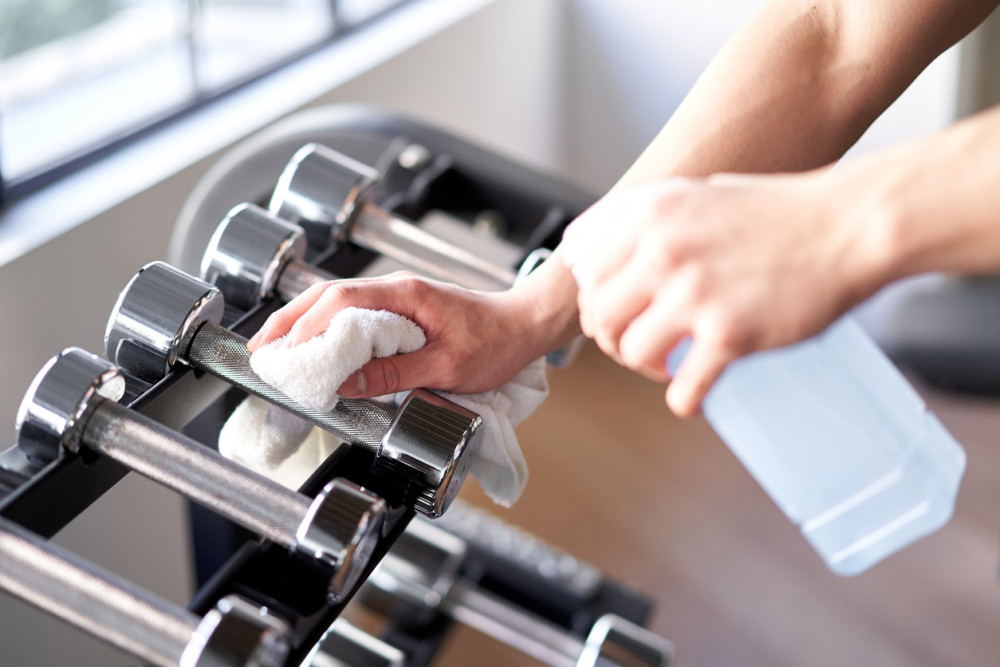
What to wear to a gym in Japan?
When it comes to dress codes, Japanese gyms can be a bit more conservative than you might be used to. It’s very rare to see yoga pants and tank tops; most women tend to opt for comfortable yet modest workout clothes, like longer leggings or track pants and loose-fitting tops. Men usually avoid overly revealing attire, sticking to knee-length shorts and t-shirts. If you have large, visible tattoos, be aware that you might be asked to cover them up. Some gyms have strict rules about tattoos, so it’s best to check their policies beforehand.
Indoor shoes are a must in many gyms to keep the floors clean. Make sure to pack a pair of clean, indoor-only gym shoes and take your shoes off in the locker room before changing into your workout gear. Strong perfumes or colognes can also be overwhelming in a gym setting, so go for subtle or unscented deodorants. Good personal hygiene is crucial – make sure you’re fresh and clean before hitting the gym to keep the environment pleasant for everyone.
Can I film or take photos in a Japanese gym?
Many gyms have strict no-photography rules, so refrain from taking selfies or filming your workouts. It’s all about respecting everyone’s privacy. And remember, food (including energy bars) is generally not allowed on the gym floor. Save your snacks for the designated eating areas.
Last but not least, keep in mind that Japanese gyms tend to be on the quieter side. While a bit of chatting is fine, try not to hog the equipment or engage in long conversations during peak times. This ensures everyone gets a chance to use the facilities.
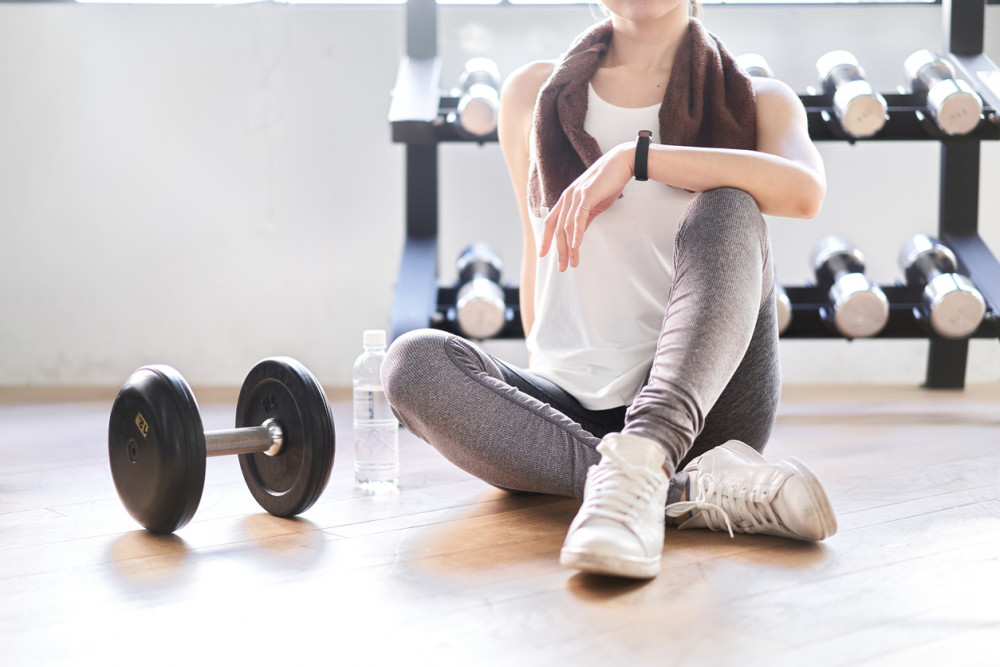
What To Bring to a Gym in Japan
To make sure you’re always prepared, there are a few essential items you should have in your gym bag:
1. Indoor shoes: Required in many gyms to keep the place clean.
2. Small towel: Great for wiping sweat off your body and cleaning the equipment after use.
3. Reusable water bottle: Though most gyms have vending machines, having a personal bottle is useful.
4. Swim cap: If your gym has a pool, it might be required.
5. A change of clothes to wear after your workout.
6. Personal care items such as deodorant and a hairbrush for post-workout freshness.
English-Friendly Gyms and Fitness Groups
It is important to find a gym where you can communicate easily and feel comfortable in, especially for English speakers. Here are some options to consider:
- Club 360
Located in Tokyo, Club 360 offers a supportive environment with services such as personal training, physiotherapy and massage therapy. They provide kids’ classes, group lessons, and a welcoming atmosphere for English speakers, helping to bridge any language barriers.
- Gold’s Gym
With locations throughout Japan, many Gold’s Gym branches have English-speaking staff and offer a wide range of fitness classes, including yoga, pilates and strength training.
- Anytime Fitness
Anytime Fitness offers 24/7 access and often has English-speaking staff or signage. It’s a convenient option for those who prefer a flexible workout schedule.
Local English-Friendly Exercise Groups
If you prefer staying fit outside the gym, many cities, including Tokyo, have English-speaking fitness groups. Running clubs are a fantastic way to meet fellow fitness enthusiasts and enjoy the outdoors. For example, Namban Rengo is an international running club in Tokyo that welcomes runners of all levels. They organize weekly group runs and participate in various races throughout the year.
For those interested in team sports, clubs like the British Football Academy offer training and matches for both adults and children. They have English-speaking coaches and provide a friendly, inclusive environment.

By following these guidelines and understanding the nuances of Japanese gym culture, you’ll ensure a respectful and enjoyable workout experience. Whether you’re new to Japanese gyms or just looking to refine your approach, these etiquette tips will help you make the most of your fitness journey in Japan.
Check out our other guides to life in Japan:
How to Do Your Laundry in Japan
7 Things To Know Before Starting Daycare in Japan
